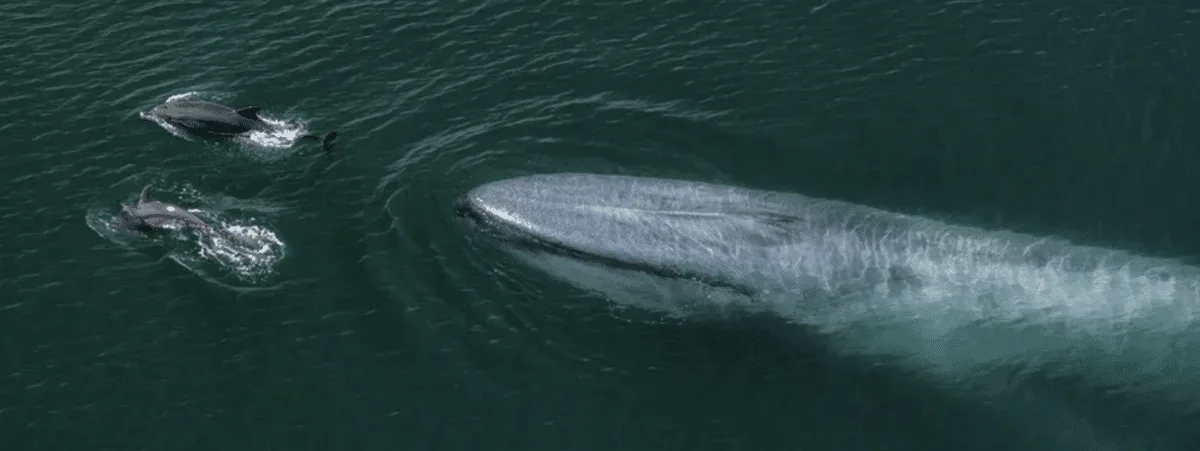It’s been approximately 50 years since a blue whale was spotted gliding through Seychelles waters—a protected area for mammals nestled within the Indian Ocean, not far from Kenya and Somalia.
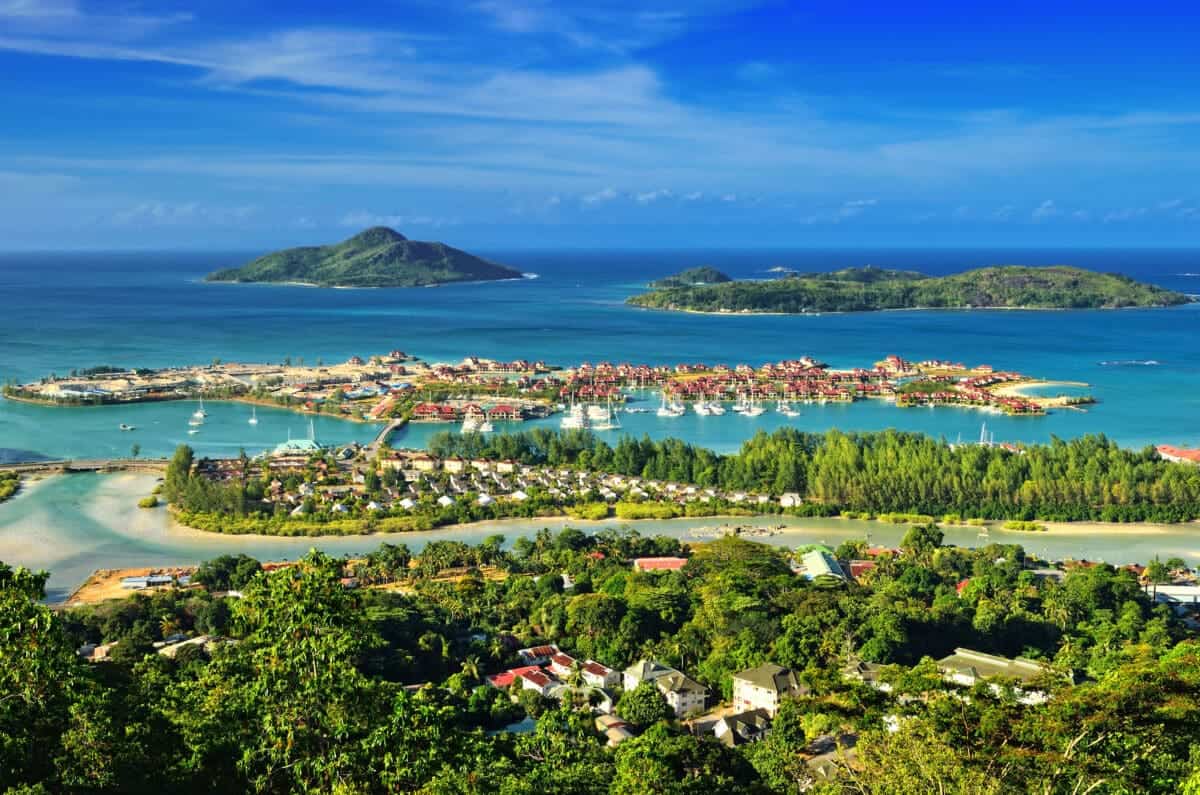
The largest animal worldwide, making a bull elephant look like a cub to its mother, the disappearance of blue whales became ironically discerning. Suddenly a serene and secure portion of the Indian ocean lost its biggest residents to capitalism.
As industries such as logging and agriculture wipe out entire forests, elevate global warming, and eradicate animals, a sour but running theme is that in the battle of man vs nature, the former usually prevails. This needs to end. Nevertheless, wildlife isn’t without its resilience – blue whales returning to what used to be treacherous waters is testament to that fact.
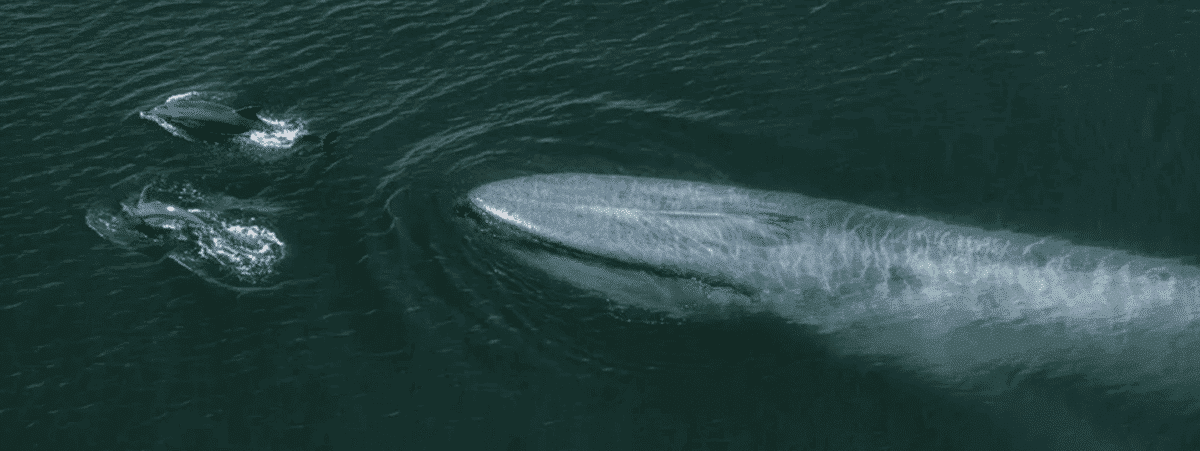
Driven by the demand of several industries, predominantly the beauty sector, which utilizes whale oil and ambergris found in the digestive system of sperm whales, for creams, lotions, perfumes, and an array of other products, intense whaling wiped out entire regional populations. Now they’re beginning to return.
The Return:
How Big They Grow
Blue whales are the undisputed giants of the ocean, reaching lengths of up to 100 feet (30 meters) or more. To put this into perspective, their tongues alone can weigh as much as an elephant, and their hearts as much as an automobile. These immense dimensions make them the largest animals on Earth, dwarfing even the colossal size of a bull elephant.
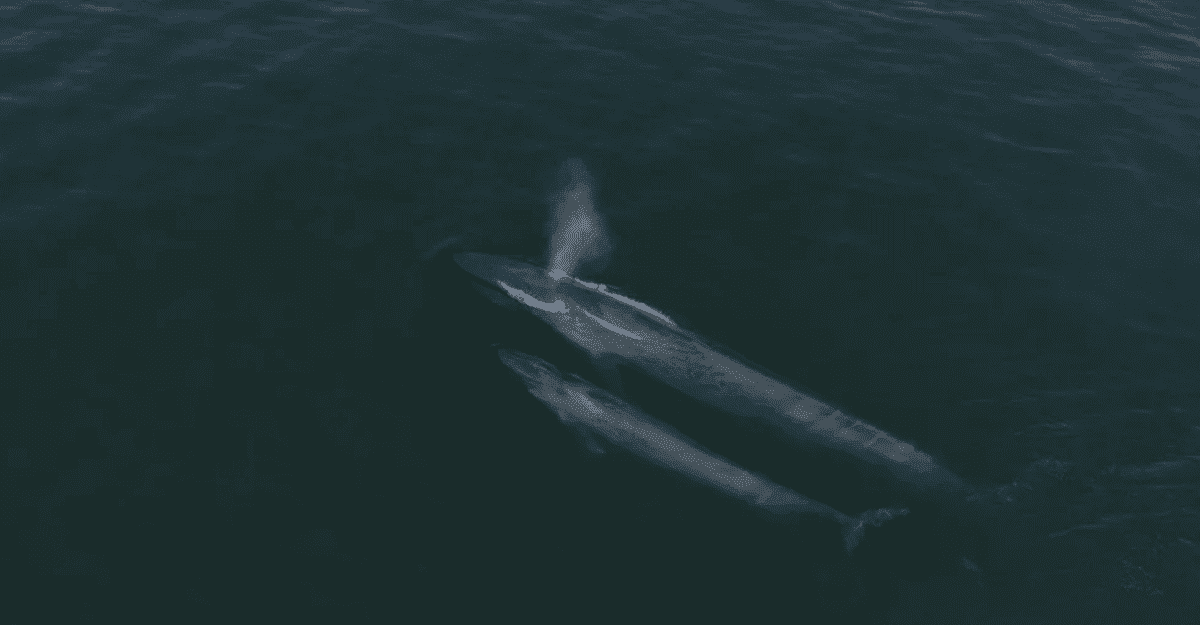
Despite their colossal size, blue whales are known for their gentle nature and graceful movements in the water. Their immense size serves as a testament to the incredible adaptations nature has developed over millions of years.
Conservation Practices and Global Laws to Protect Blue Whales
In response to the devastating effects of whaling on blue whale populations, international efforts have been made to protect and conserve these majestic marine mammals. The implementation of conservation practices and global laws has played a crucial role in allowing them to make a comeback in the Seychelles Seas.
The International Whaling Commission (IWC), established in 1946, has been at the forefront of regulating whaling activities worldwide. Moratoriums and restrictions on hunting have been put in place to allow populations to recover. Many countries, including Seychelles, have adopted strict measures to enforce these regulations and protect blue whales within their territorial waters.
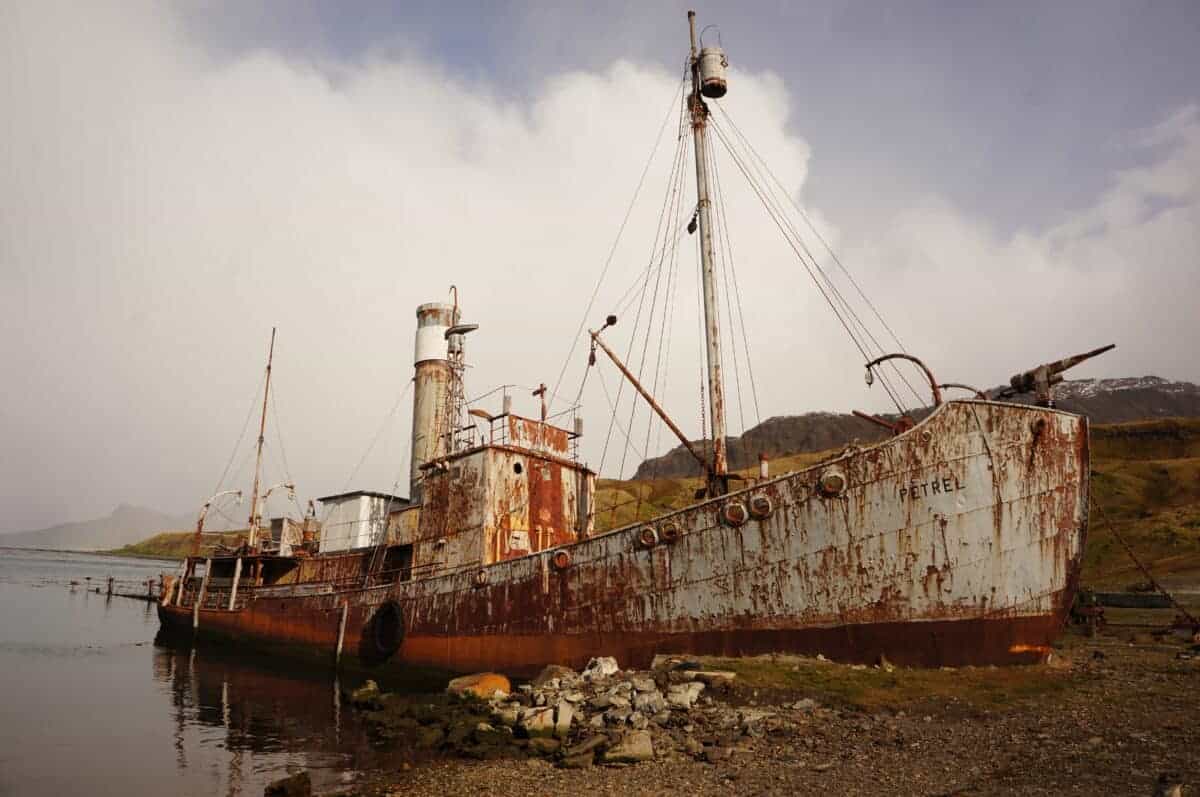
Conservation organizations have also played a pivotal role in monitoring and safeguarding blue whale habitats. Research efforts focus on understanding migration patterns, feeding grounds, and breeding areas to establish marine protected areas and implement targeted conservation strategies.
What Blue Whales Eat
Blue whales, despite their massive size, are filter feeders that primarily consume krill, small shrimp-like crustaceans. These marine giants use their baleen plates to filter massive amounts of water, capturing and consuming thousands of kilograms of krill each day during feeding seasons.
Krill, rich in nutrients, provides the necessary energy to sustain their colossal size. The return of blue whales to the Seychelles Seas suggests a resurgence in the availability of krill, indicating positive changes in the ecosystem.
Where They Roam
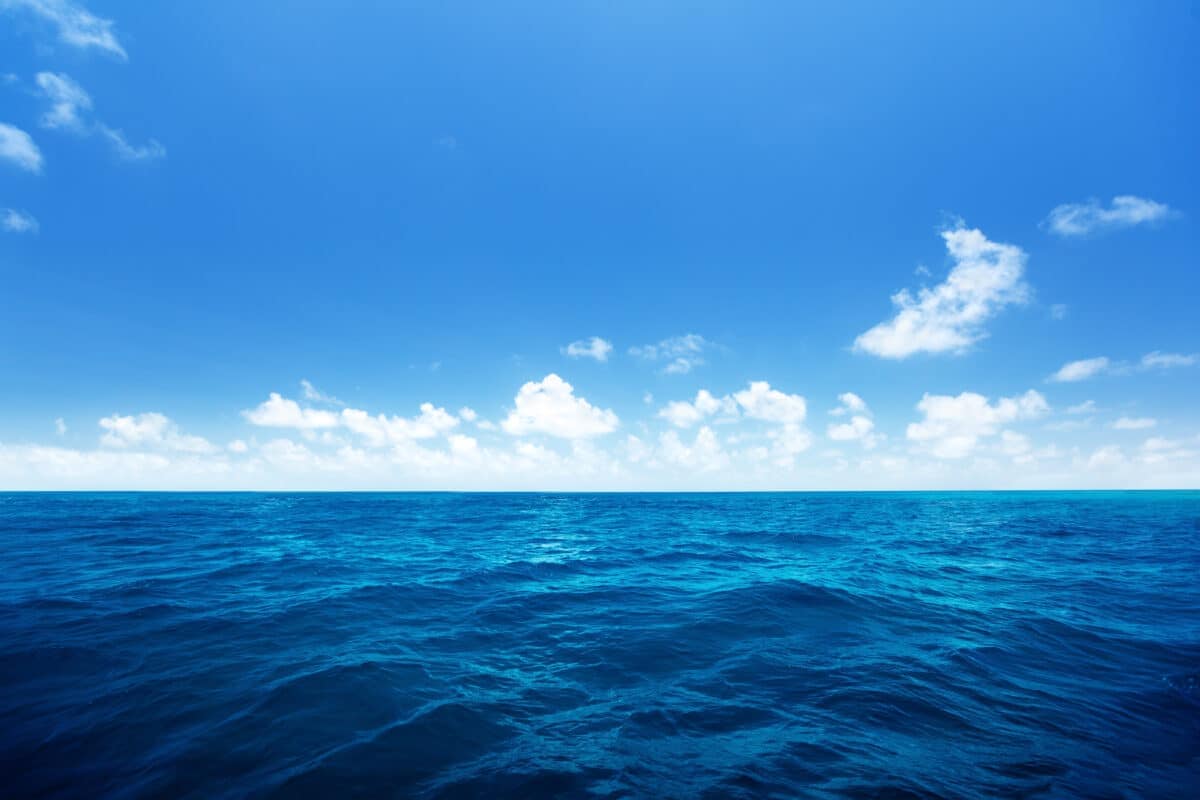
Blue whales are highly migratory creatures, and their presence in the Seychelles Seas highlights the importance of preserving interconnected marine ecosystems. They are known to traverse vast distances, often migrating between feeding and breeding grounds. The return of blue whales to the Seychelles suggests a positive shift in the health of the Indian Ocean, creating a conducive environment for these giants to roam once again.
Join our Forum for free today!

- Elderly Man Kills Grizzly Bear in Montana - July 22, 2024
- Missing Cat Found Weeks Later, 40 Miles Away - July 21, 2024
- The Fastest Animal on Earth: So, How Quick Are Cheetahs? - July 21, 2024

